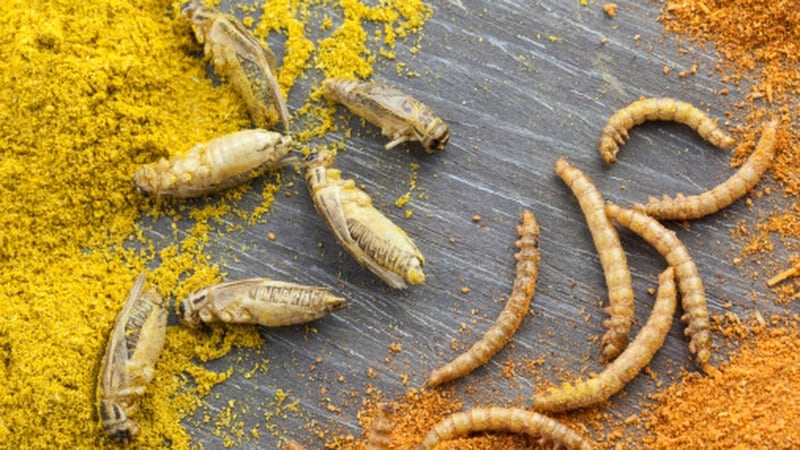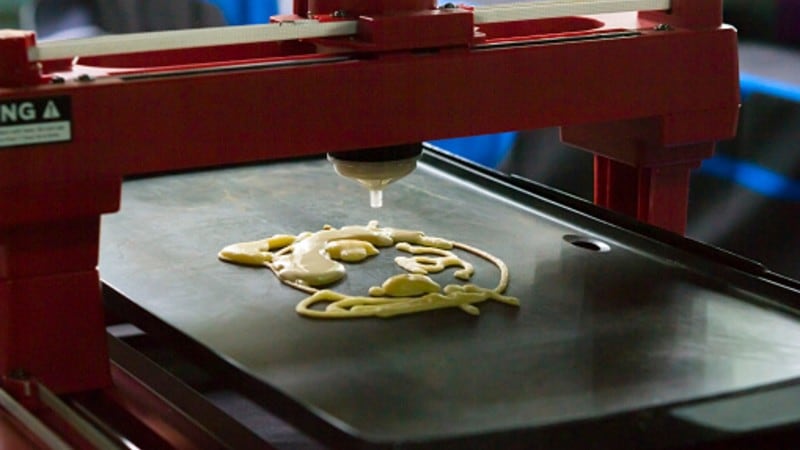Insect farming to produce insects as an alternative protein source to animal protein for human food and animal feed still remains a relatively niche market within the global agriculture space, but according to Vietnam-based insect farming technology firm FlyFeed, there is immense potential for growth in Asia, fuelled by a rising demand for protein.
“As the world population grows, so is the demand for protein, and so is the price of various existing conventional protein sources,” FlyFeed Founder and CEO Arseniy Olkhovskiy told AgTechNavigator.
“What this effectively means is that the population will be needing more new forms of food that still meets their needs in terms of quality, health and cost – and Asia is poised to become the fastest-developine region in terms of insect farming for feed and food due to its unique natural attributes.
“Protein production is expensive as the costs involved to rear cattle and pigs and other animals are expensive, and this affects the price of the final product, so we can say that high costs are the main limitation mankind is facing that leads to the ongoing global hunger issue.
“When it comes to insect protein production, the main farming cost involved is climate control – farmers need to artificially control climates on the farms 24/7 in order to ensure high growth rates; and then there is the cost of feeding these insects with farming byproducts from fruits, vegetables and grains.
“So this begs the question, where in the world is there a stable climate of approximately 25 to 30 degrees celsius, humidity levels comfortable and natural for many insect populations, and also an abundance of farming byproducts and good worldwide logistics?
“This is definitely Asia - not Europe, not the United States, not Brazil, not Australia, but Asian countries from Vietnam to Thailand to Malaysia, China, Philippines and so on, so the biggest growth driver of insect farming in the region is the production opportunities that Asia offers.”
This is also somewhat buffered by a difference in the regulatory environment in the region, where Asia is somewhat less strictly governed than markets such as Europe.
“Insect farming and protein production in Asia is not regulated strictly as its regulated in Europe right now [and] there are certainly pros and cons to this,” he added.
“On the one hand, as a consumer there is a lack of certainty regarding product safety as there's no way to ensure this - but on the other hand, it makes entry into this market for new entrepreneurs and insect protein farmers much easier, at the same time making local stakeholders much more experienced in operating these insect farming facilities.”
Importance of protein in farming
The growth of conventional agriculture saw immense focus on grains such as wheat and corn and livestock such as cattle and poultry – and Olkhovskiy believes that protein is going to be more and more important in the agriculture sector moving forward.
“There's a huge growth in protein consumption in Asia, and it obviously has a huge part in forming a healthy human body,” he said.
“The greatest and simplest example is where research on anatomical differences showed that a difference in protein consumption by consumers in the same country that were similar 70 to 80 years ago saw 10cm to 15cm differences in height – so it is inevitable that Asia consumers will need and want more and more protein as their level of income grows over time.
“Fundamentally, insect protein is a way to offer consumers the scalable, healthy, and tasty proteins they need – This is where insect farming technologies to further maximise insect protein yield for an already low cost protein supply chain.
“Farming these at lower costs means that food companies will also be able to make more affordable products using the commodities that are currently high in cost, from the flour they make biscuits from to the meat they make sausages out of, then they come back and buy more of this protein, and this entire loop is what will benefit both the consumers and the farmers in the long run.”




